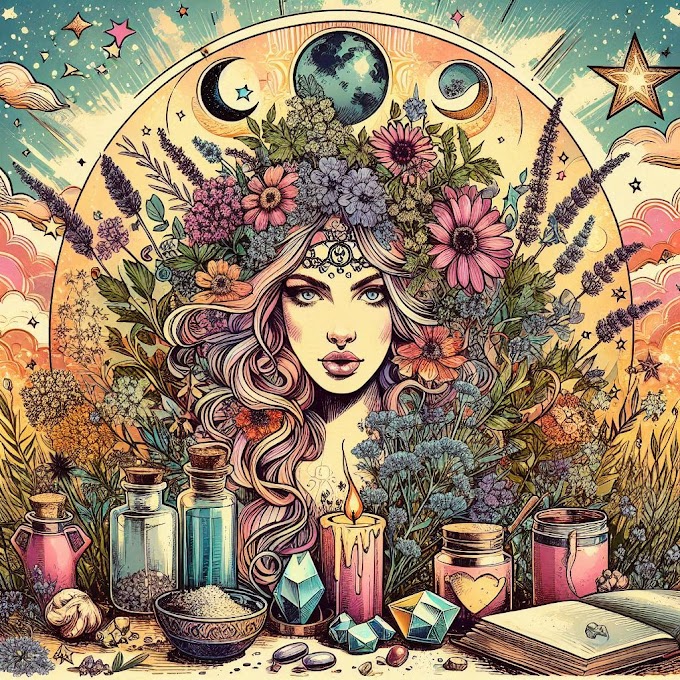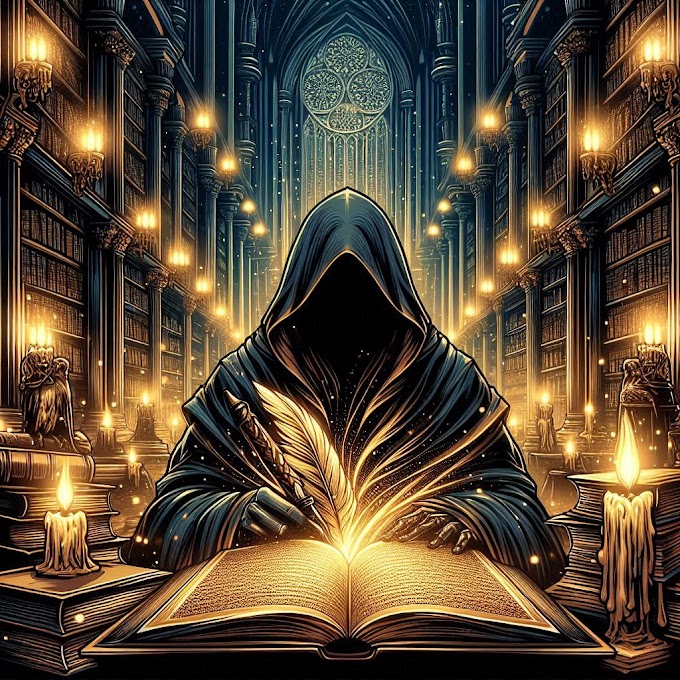
The Scottish Otherworld: Legends, Lore, and Its Enchanted Inhabitants
The Scottish landscape has always carried the weight of mystery – jagged highlands wrapped in mist, lochs with unfathomable depths, and green glens that seem to echo with voices long forgotten. Within this ancient land lies the threshold to something more: the Otherworld – a realm of spirits, gods, fae, and beasts that shimmer just beyond mortal sight. In Scottish lore, the veil between our world and theirs is thin, especially at twilight, Samhain, or along lonely crossroads where the old paths still remember.
Gateways to the Otherworld
Unlike the Christian afterlife, the Celtic and Scottish Otherworld was not a place of eternal judgment, but rather a parallel reality – a realm of abundance, beauty, and danger. It could be reached in several ways:
- Across Water: Lochs, rivers, and the sea were thought to be doorways. The isles of the Hebrides, Skye, and even the far western seas were believed to lead into realms of the blessed dead and the fae.
- Fairy Mounds (Sìthean): Green knolls and hills throughout Scotland were considered the homes of the Sìth – the fairy folk. To step upon, or worse, to dig into one, was to risk angering its unseen guardians.
- Times of Weakening Veils: Samhain (Halloween) was the most famous night when barriers fell. Beltane, too, allowed brief mingling between worlds.
Mortals rarely crossed over unscathed. Some returned blessed with gifts or music, others cursed, or never returned at all.
The Inhabitants of the Otherworld
The Daoine Sìth (Fairy Folk)
The Daoine Sìth were not the tiny winged figures of later Victorian fancy, but tall, powerful beings – beautiful yet perilous, often indistinguishable from humans except for an otherworldly aura. They lived in splendid courts beneath the hills, mirroring the structure of human clans and kingdoms. Some tales speak of their queens, like the mysterious Nicnevin, who ruled over night processions of spirits, witches, and fae.
They could be generous, granting musicians uncanny skill or lovers beauty and charm. But their gifts often came with hidden snares. To eat fairy food, for example, was to bind oneself to their realm forever.
The Seelie and Unseelie Courts
Scottish tradition divided the fae into two great hosts:
- The Seelie Court: Fairies of a more benevolent nature, though still unpredictable. They might help humans in need, warn of dangers, or bless crops – yet they demanded respect and offerings.
- The Unseelie Court: Far darker in nature. They roamed at night, seeking mortals to torment, kidnap, or drain of vitality. The solitary fae – such as the bloodthirsty redcap or the menacing nuckelavee – were often counted among their ranks.
The Bean Nighe and the Wailing Spirits
Scottish lore abounds with spirits tied to fate and death. The Bean Nighe, a spectral washerwoman, appears at riverbanks washing the blood-stained garments of those about to die. Encountering her could be a dire omen, though some stories suggest she might grant knowledge if approached carefully.
The Water Beasts
Scotland’s waters were seen as alive with spirits and monsters. Among the most feared were:
- Kelpies: Shape-shifting water horses who lured the unwary onto their backs before plunging into deep waters to drown them.
- Each-Uisge: Even deadlier than kelpies, this water horse dwelled in sea lochs. Once a rider touched its skin, escape was impossible.
- Loch Monsters: Long before Nessie became modern folklore, stories told of creatures dwelling in the depths of many lochs, guardians or terrors depending on the tale.
The Brownies and Household Spirits
Not all Otherworldly beings were terrible. Brownies were small, helpful spirits who assisted with chores if treated with respect. A bowl of cream or bread left by the hearth kept them content. But insult them – or offer them clothes (a grave faux pas) – and they vanished forever, sometimes cursing the household as they left.
Magic, Taboos, and Mortal Entanglements
To live in old Scotland was to walk carefully between the mortal and Otherworldly realms. Folklore preserved a host of protections and warnings:
- Iron and Rowan: Both were powerful wards against fae influence. Iron was especially feared by the Sìth.
- Salt and Bread: Common offerings and protections, used at thresholds or carried when traveling at night.
- Never Speak Their True Names: The fae were addressed with respectful titles – “The Good Neighbors” or “The Fair Folk” – to avoid giving offense.
- Beware of Music and Dance: Many tales tell of mortals lured into faerie revels, only to return and find that centuries had passed.
The Otherworld as Afterlife
For the Gaels of Scotland, the Otherworld was not just the realm of fae but also the place of the dead. The western isles were thought to be gateways to Tír nan Òg – the Land of the Young – a paradise of eternal youth and joy. Sailors spoke of distant lands across the waves where the sun never set and death held no dominion.
Yet this paradise was not easily reached. Some heroes, like the warrior Oisín, ventured there, only to return and crumble into dust the moment their feet touched mortal soil again.
The Scottish Otherworld is not a single, simple realm but a complex web of beliefs, woven from pagan myth, Celtic memory, and centuries of folklore. It is at once beautiful and perilous, offering glimpses of eternal joy alongside horrors lurking in lochs and lonely glens. Even now, the green hills and misty waters carry the old whispers. Step lightly, traveler – for in Scotland, the Otherworld is never far away.

















.jpg)

.jpg)













